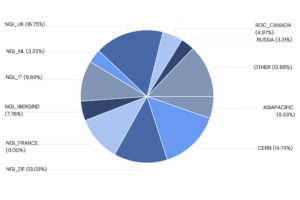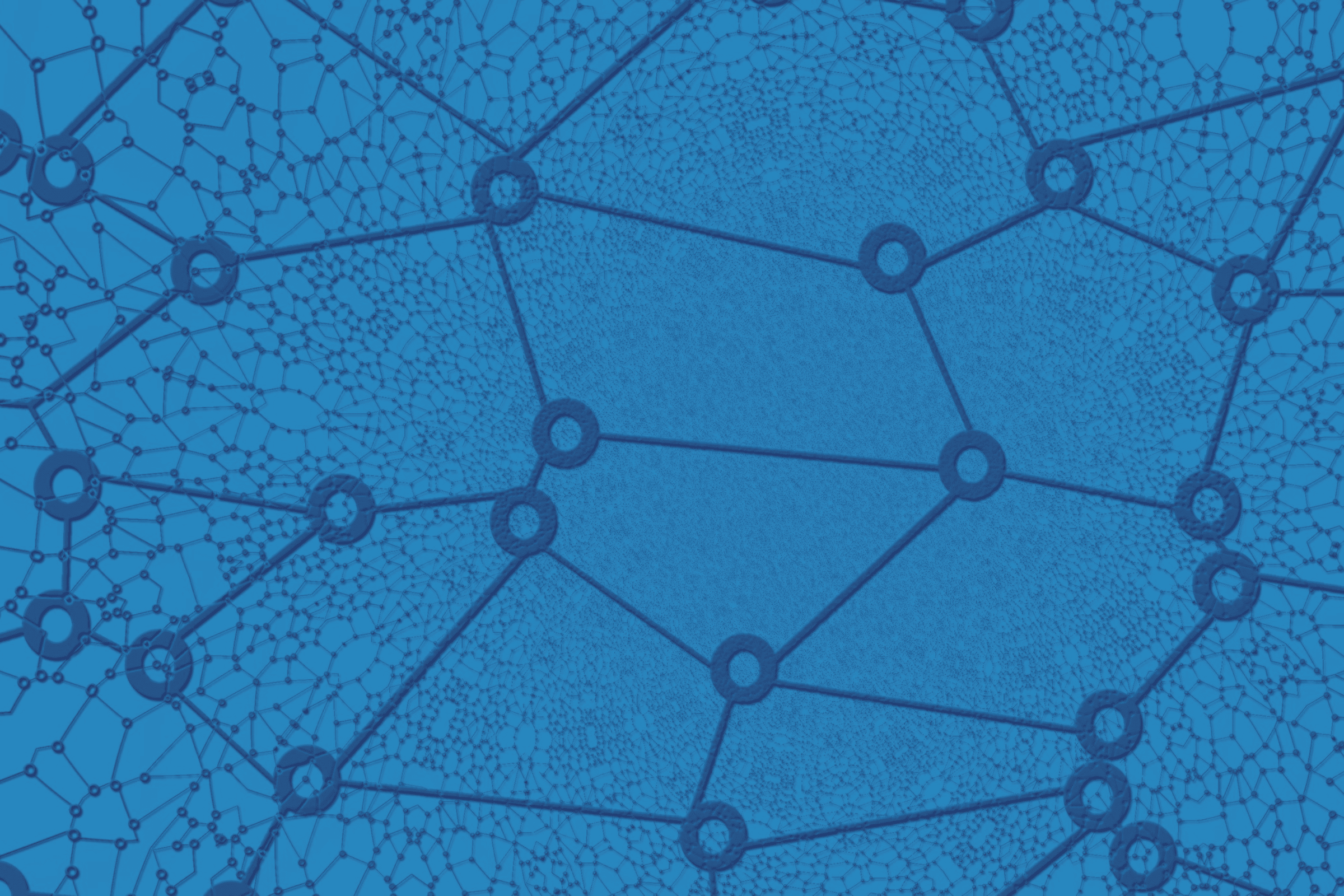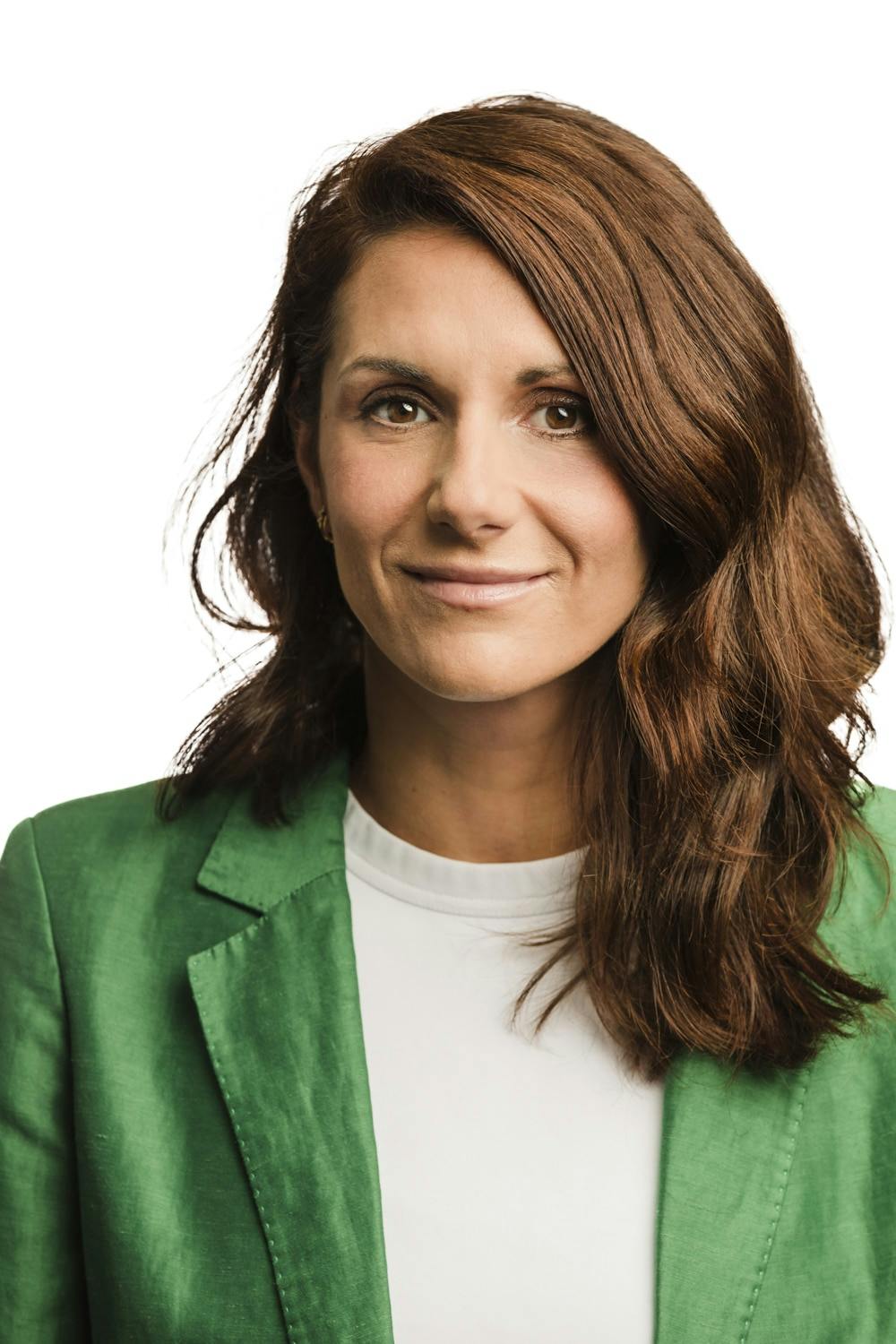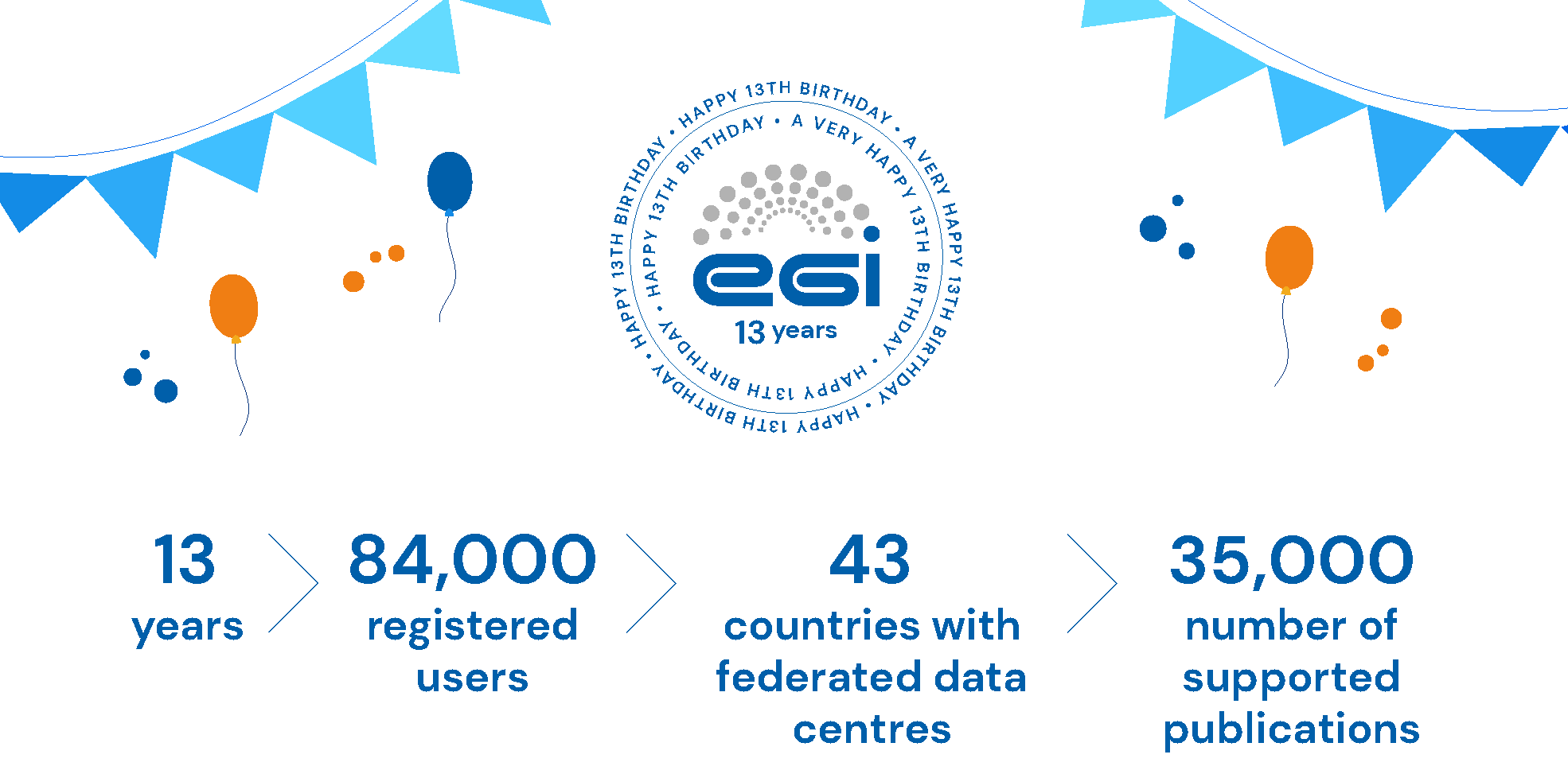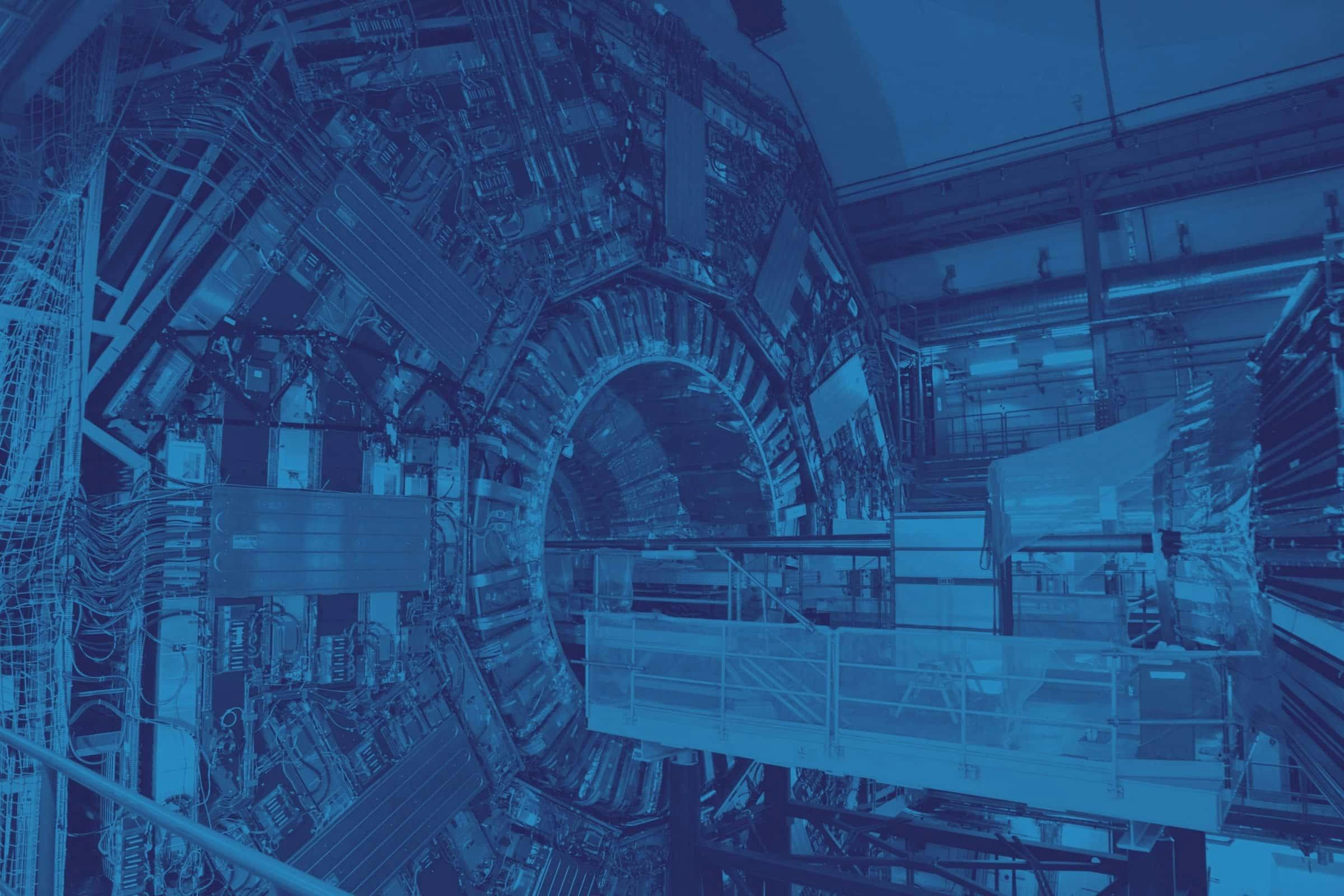20 years of scientific discoveries and innovation with EGI

This year, EGI celebrates 20 years of operations!
On 28 February 2003, the first software release of LCG-MW was published. 'gLite', the Lightweight Middleware for Grid Computing and LCG, Large Hadron Collider Computing Grid, are the cornerstone of the Worldwide LHC Computing Grid, which expanded over time towards the EGI Federation.
2004 marks the year of the first pilot infrastructure, seeing the participation of CERN and data centres in the UK, Spain, Germany, the Netherlands, France, Canada, Russia, Bulgaria, the Asia Pacific region and Switzerland. Over the years, the infrastructure has grown into a federation of 128 data centres and 25 cloud providers serving more than 84,000 users worldwide.
gLite and LCG software releases were the software realisation of the vision of the distributed compute platform. This innovative approach to scientific computing allowed High Energy Physics and other data-intensive scientific communities to reach new highs in their scientific discoveries.
The EGI Federation was the first to apply federation to cloud provisioning, launching, in 2013, the EGI Federated Cloud and opening a new avenue in large-scale interactive data analysis.
1
In 2002, the first large-scale experimental facility was successfully demonstrated by the DataGrid project under the lead of CERN with tens of technical architects from the major High Energy Physics institutes in the world. For the first time, distributed computing was applied to data-intensive processing. It aimed at developing a large-scale computational grid to facilitate distributed data-intensive scientific computing across High Energy Physics, Earth Observation, and Biology science applications.
2
In 2004, the first data processing tasks started being formally recorded in a central accounting system. The EGI Accounting Portal provides the accounting data for Compute, Storage and Data services gathered from the data centres of the EGI Federation. Users can create custom reports organising this information in several ways, selecting services, resource centres, and user groups and defining a time period. In 2004, the Accounting portal recorded 2M hours of computing, and twenty years later, the number of computing hours reached 48B.
3
A few years later, in 2010, EGI was established as the coordinating body of the EGI Federation to build an integrated pan-European infrastructure to support European research communities primarily. In the same year, EGI launched the flagship project EGI-Inspire. That project brought together European organisations to establish a sustainable European Grid Infrastructure for large-scale data analysis. The success of the project was due to the adoption of a distributed computing model to solve big data problems.
Moreover, EGI-INSPIRE harmonised operational policies across its federation of affiliated data centres and cloud service providers worldwide, integrating e-infrastructures from 57 countries.
4
The public recognition of the groundbreaking discoveries supported by distributed computing came in 2013 and 2017 with two Nobel prizes: François Englert and Peter W. Higgs were awarded the Nobel Prize in Physics in 2013 in recognition of the scientific achievements of the LHC, and LIGO/VIRGO received Nobel Prize in Physics in 2017 for the experimental detection of gravitational waves. European research data centres, in both cases, significantly contributed as federated infrastructure to distributed data processing and analysis required by their respective experiments.
5
In 2014, EGI launched the first example of a large-scale cloud federation – the EGI Federated Cloud.
The EGI Federated Cloud is an IaaS-type cloud, incorporating academic and private clouds and virtualised resources built using open standards. Its development is driven by the needs of the scientific community, resulting in a novel research e-infrastructure that relies on well-established federated operational services, making EGI a dependable resource for scientific endeavours.
6
In 2019, the EGI infrastructures broke the record of +1 Million core of High-Throughput Compute capacity, and +1 Exabytes of research data federated worldwide, which profoundly impacted the scientific community and strengthened Europe’s position as the global leader in scientific research.
7
In 2022, the EGI Federation reached a new record, delivering more than 7B CPU Hours through the EGI High-Throughput Compute platform.
8
Today, the EGI Federation supports 160 scientific communities worldwide and over 84,000 users in their intensive data analysis.
The most significant scientific communities supported by EGI in 2022 were Medical and Health Sciences, High Energy Physics, and Engineering and Technology.
In the same year, the EGI Federation provided services through over 150 data centres, of which 25 are cloud sites, from 43 countries to 64 Research Infrastructures, 4 of which are members of the Federation. Moreover, EGI is involved in 36 funded research projects and through EGI-ACE, it supports around 40 scientific applications further developing their research thanks to EGI services.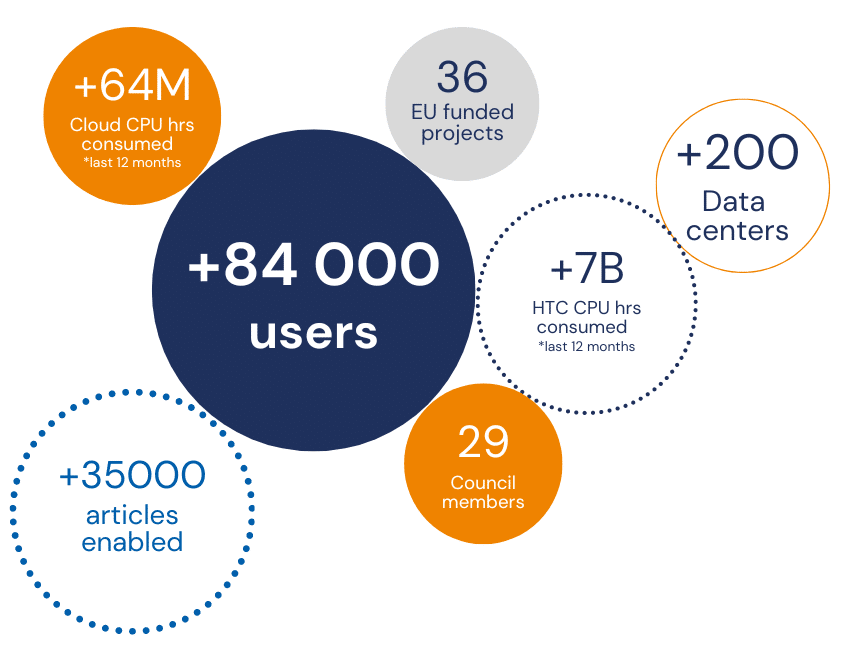
What is next?
EGI will continue to support research and science by working towards reducing the gap between the needs of scientific users and the availability of novel services to leverage future advanced computing and data systems. It will also maintain a leading role in developing the EOSC, for which EGI led and contributed to the major EOSC implementation projects.
We are thankful to the EGI Participants, our Community at large, our members and the European Commission for the ideas, contributions and funding that made this journey possible.

